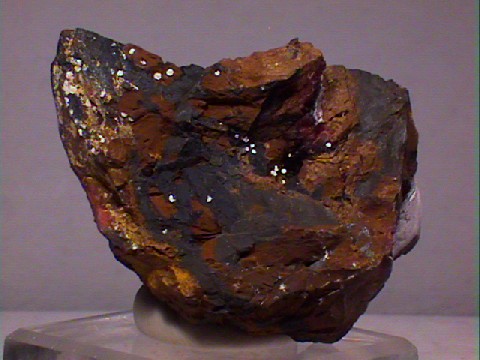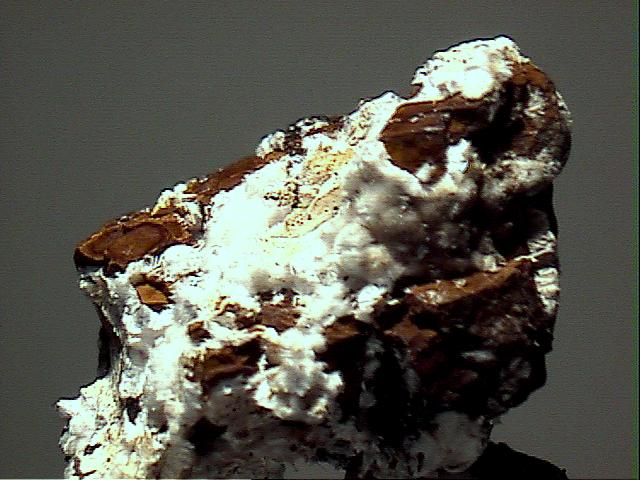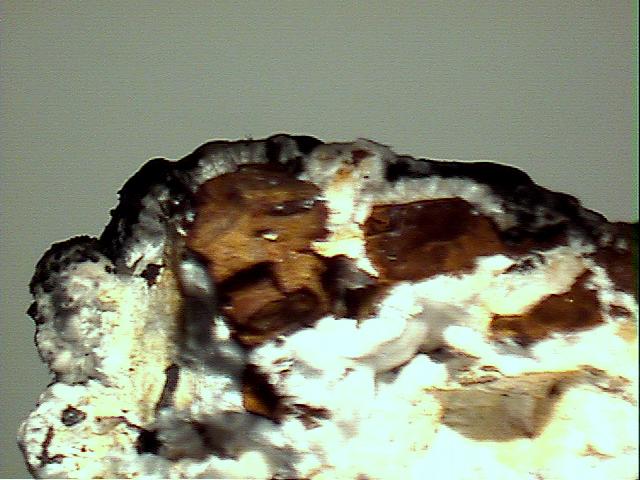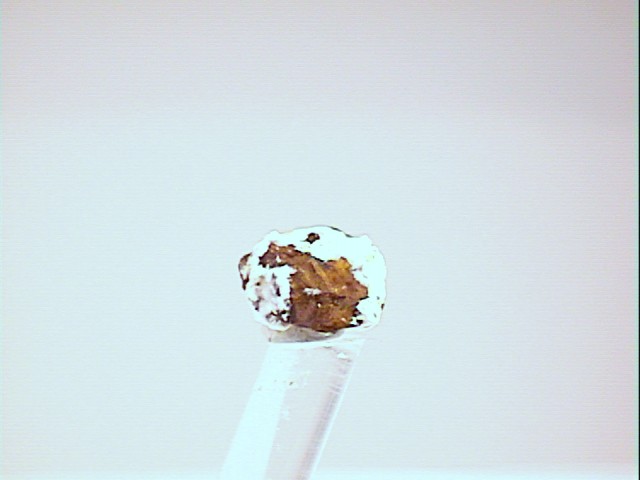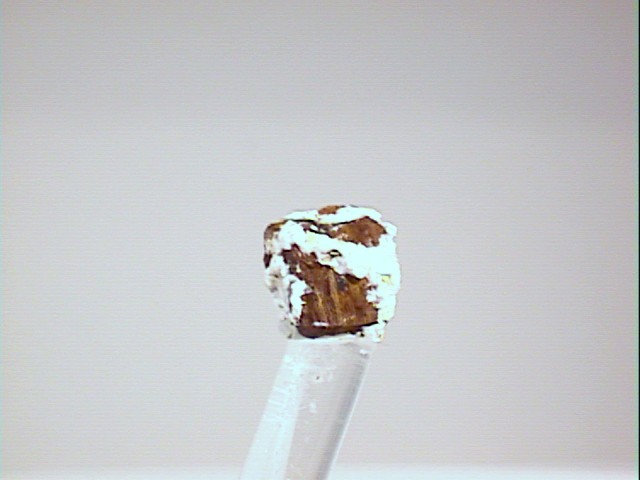 THE
MINERAL CHURCHITE-(Y)
THE
MINERAL CHURCHITE-(Y)
- Chemistry: (Y, Er)PO4 - 2H2O, Hydrated Yttrium Erbium Phosphate.
- Class: Phosphates
- Uses: as a very minor ore of yttrium and erbium and as mineral specimens.
Specimens
Churchite-(Y), also known as just churchite and weinschenkite,
is a fairly scarce rare earth phosphate. A rare earth mineral is one that
contains any of the so called rare earth metals/elements. In this case,
it is yttrium and erbium, two industrially valuable metals that are the
two rare earth elements in churchite-(Y). The (Y) is for the yttrium which
is more significant than the erbium in the chemistry of churchite-(Y).
The mineral
These are some other rare earth phosphates and their respective chemistries:
Florencite (Cerium Aluminum Phosphate Hydroxide)- Monazite (various rare earth metals Phosphate)
- Rhabdophane (Hydrated Cerium Lanthanum Neodymium Yttrium Phosphate)
- Xenotime (Yttrium Phosphate)
In most of Europe the mineral churchite-(Y) is known as weinschenkite and is named for a famous German mineralogist. Specimens of churchite form interesting cotton-white sprays of fine acicular or hair-like clusters. The sprays are unique and unlike other minerals that form acicular crystals. Although quite hard to describe, the clusters simply must be seen in order to appreciate their unusual character.
PHYSICAL CHARACTERISTICS:
- Color is white, colorless or gray.
- Luster is silky to vitreous.
- Transparency: Specimens are translucent.
- Crystal System is monoclinic.
- Crystal Habits include sprays of fine acicular or hair-like clusters also as fibrous crusts and rosettes.
- Cleavage is perfect but usually not discernible.
- Fracture is fibrous.
- Hardness is 3.
- Specific Gravity is approximately 3.3 (slightly above average for translucent minerals)
- Streak is white.
- Other Characteristics: Maybe slightly radioactive.
- Associated Minerals include limonite, cacoxenite, beraunite and other phosphate minerals.
- Notable Occurrences are limited to Rockbridge County, Virginia, USA; Auerbach, Germany and Cornwall, England.
- Best Field Indicators are crystal habit, color, luster, associations and locality.

